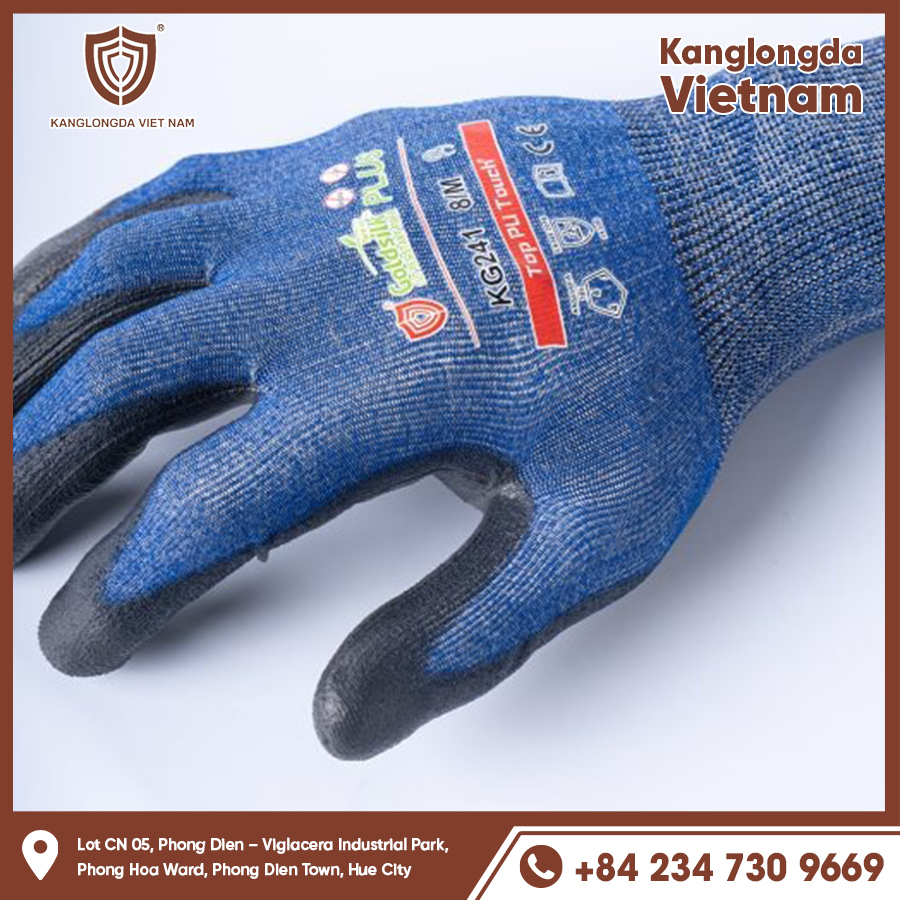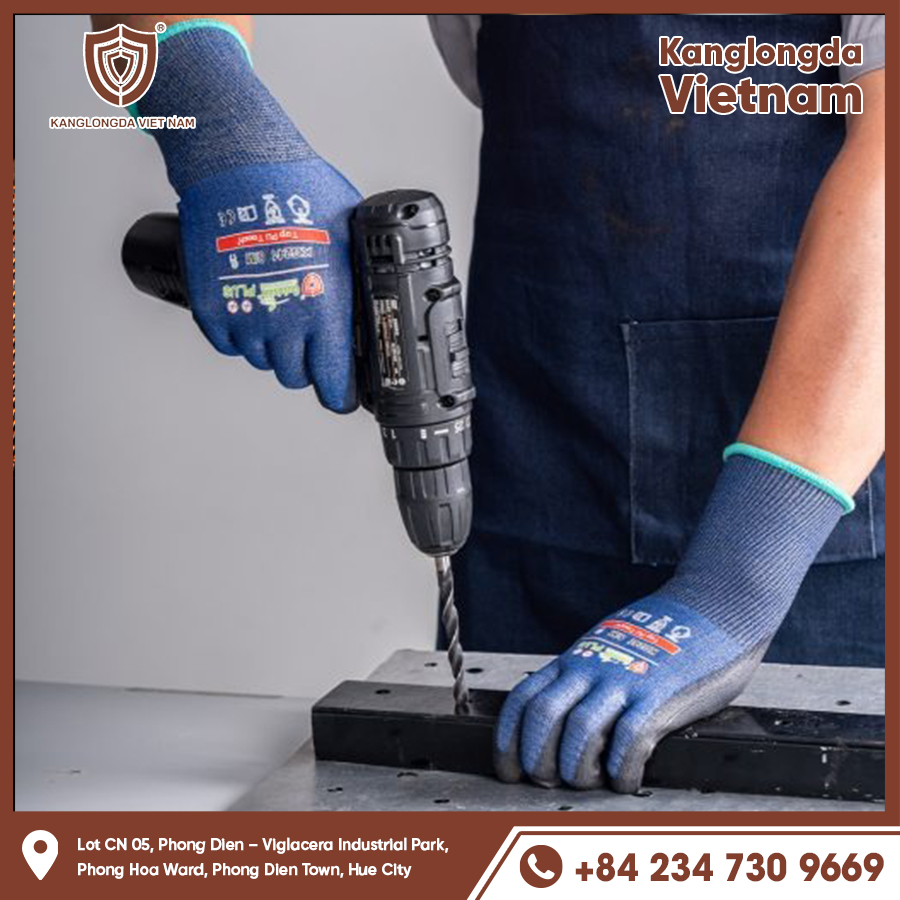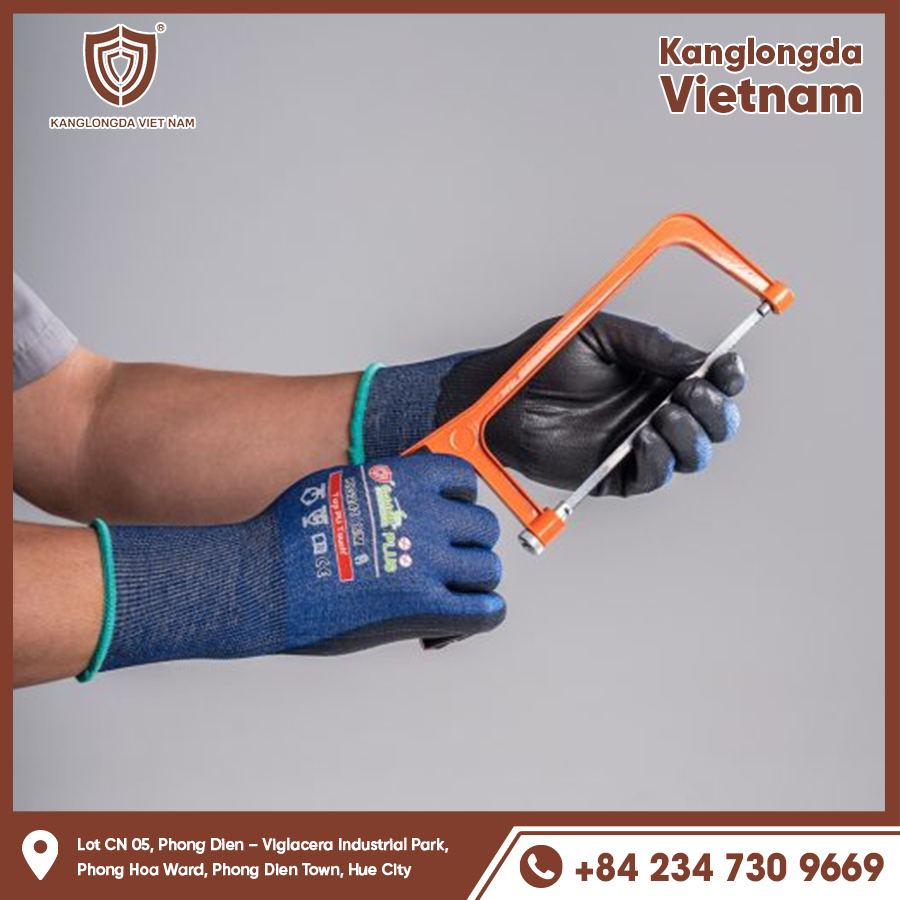Children’s gloves are more than just cute accessories; they serve an important role in protecting young hands from cold, injuries, and dirt. From chilly winter days to messy playtime, gloves designed specifically for kids combine functionality with comfort and style. Selecting the right gloves for children requires understanding their needs, activity levels, and the environments they play in.
In this guide, we will explore the different types of children’s gloves, important features to consider, sizing tips, and how to care for them properly. Whether you want to keep your child’s hands warm during winter or protect them while exploring outdoors, this comprehensive guide will help you make the best choice.

Types of Children’s Gloves and Their Unique Features
Winter Gloves for Kids
Winter gloves are designed to keep children’s hands warm and dry in cold weather. Typically made with insulated materials like fleece or Thinsulate, these gloves offer excellent heat retention. Many feature waterproof or water-resistant outer layers to protect against snow and rain.
Some winter gloves come with extra features like adjustable straps for a snug fit or touchscreen-compatible fingertips for using devices.
Mittens vs Gloves for Children
Mittens keep fingers together, offering better warmth by sharing heat between fingers, while gloves allow individual finger movement and dexterity. For toddlers and very young children, mittens are often preferred because they’re easier to wear and warmer. For older kids, gloves offer more flexibility for playing and tasks.
Choosing between mittens and gloves depends on the child’s age, activity, and the climate.
Lightweight and Breathable Gloves
For spring, fall, or mild winter days, lightweight gloves made from cotton or polyester blends are ideal. These gloves protect hands from wind and dirt without overheating. They’re perfect for outdoor play, biking, or light hiking.
Some lightweight gloves also include grip-enhancing surfaces, which help children hold objects more securely.
Key Materials Used in Children’s Gloves
Fleece and Wool Gloves
Fleece gloves are soft, warm, and lightweight, making them a popular choice for winter. Wool gloves, on the other hand, provide natural insulation and moisture-wicking properties. Both materials keep little hands cozy but differ in care requirements and durability.
Fleece gloves are easier to machine wash, while wool gloves require gentle handling to prevent shrinking.
Waterproof and Insulated Fabrics
Children’s gloves designed for snow or wet conditions often feature waterproof fabrics like Gore-Tex or polyurethane coatings. These materials keep moisture out while allowing hands to breathe. Insulated layers like Thinsulate provide warmth without bulk, enabling kids to play freely.
Such gloves often include reinforced palms and fingertips for added durability.
Synthetic Blends and Stretch Fabrics
Many children’s gloves use synthetic blends, combining nylon, polyester, and spandex for flexibility and durability. Stretch fabrics ensure a snug fit while allowing movement, which is especially important for active kids.
Synthetic gloves often dry quickly and resist stains, making them practical for everyday use.

How to Choose the Right Size and Fit for Children’s Gloves
Measuring Your Child’s Hand
Accurate sizing is crucial for comfort and functionality. Measure your child’s hand circumference around the knuckles (excluding the thumb) and compare it to size charts provided by manufacturers. Some brands also measure hand length from the wrist to the tip of the middle finger.
Correct size prevents gloves from slipping off or restricting movement.
Allowing Room for Growth
Children’s hands grow quickly, so choosing gloves with a little extra room is smart. Look for gloves with adjustable wrist straps or elastic cuffs that can accommodate growth while ensuring a secure fit.
Avoid gloves that are too big as they may reduce dexterity or become a hazard.
Trying Gloves On Before Buying
Whenever possible, let your child try gloves on to check fit and comfort. Observe if the gloves allow finger movement, aren’t too tight, and don’t leave gaps that could let cold air in.
Comfortable gloves encourage children to wear them consistently, especially in cold weather.
Benefits of Wearing Gloves for Children
Protection from Cold and Frostbite
One of the most important reasons to have children wear gloves is to protect their hands from cold exposure and frostbite during winter. Gloves with proper insulation maintain warmth and prevent numbness, reducing the risk of cold-related injuries.
Encouraging glove use early helps children understand the importance of weather-appropriate clothing.
Safety During Outdoor Activities
Gloves protect children’s hands from scrapes, cuts, and dirt when they play outdoors. Whether climbing trees, riding bikes, or gardening, gloves shield skin from sharp objects, thorns, and abrasions.
They also reduce the risk of infection by preventing direct contact with soil and contaminants.
Hygiene and Allergy Prevention
Wearing gloves can help keep children’s hands clean during activities like arts and crafts or pet care. Gloves act as a barrier against allergens, dirt, and germs, which is especially helpful for kids with sensitive skin or allergies.
Regular glove use in certain situations can promote better hygiene habits.
Caring for Children’s Gloves to Extend Their Lifespan
Washing and Drying Tips
Check the care labels before washing children’s gloves. Most fleece and synthetic gloves can be machine washed on gentle cycles with mild detergent. Avoid fabric softeners as they can reduce water resistance.
Air drying is preferred to maintain shape and prevent shrinkage. Avoid heat sources like radiators or dryers.
Repairing Minor Damage
Small tears or holes can often be repaired with fabric glue or patches, extending the life of gloves. Reinforcing fingertips and palms with fabric patches can prevent future wear, especially in active children’s gloves.
Teach children to report damage early so gloves can be repaired promptly.
Storing Gloves Properly
Store gloves in a dry, cool place away from direct sunlight. Damp gloves can develop mold or odors if stored improperly. Using a dedicated drawer or container helps keep gloves clean and ready for use.
Rotate gloves if you have multiple pairs to allow each to air out.

Choosing the right children’s gloves is essential to ensure that young hands stay warm, protected, and comfortable throughout various activities and weather conditions. By understanding the types of gloves available, the materials used, and how to properly size and care for them, parents can make informed decisions that enhance their child’s outdoor experience. Whether for winter sports, everyday play, or protecting delicate skin, children’s gloves combine functionality with fun designs that kids will love to wear. Investing in quality gloves not only safeguards your child’s health but also encourages healthy habits and confidence in exploring the world around them. Always prioritize comfort, fit, and durability, and your child’s gloves will become an indispensable part of their wardrobe for years to come.






